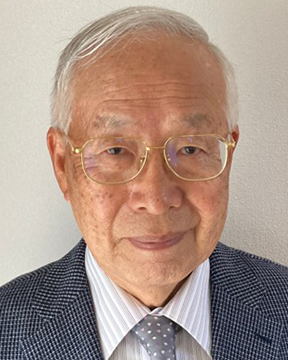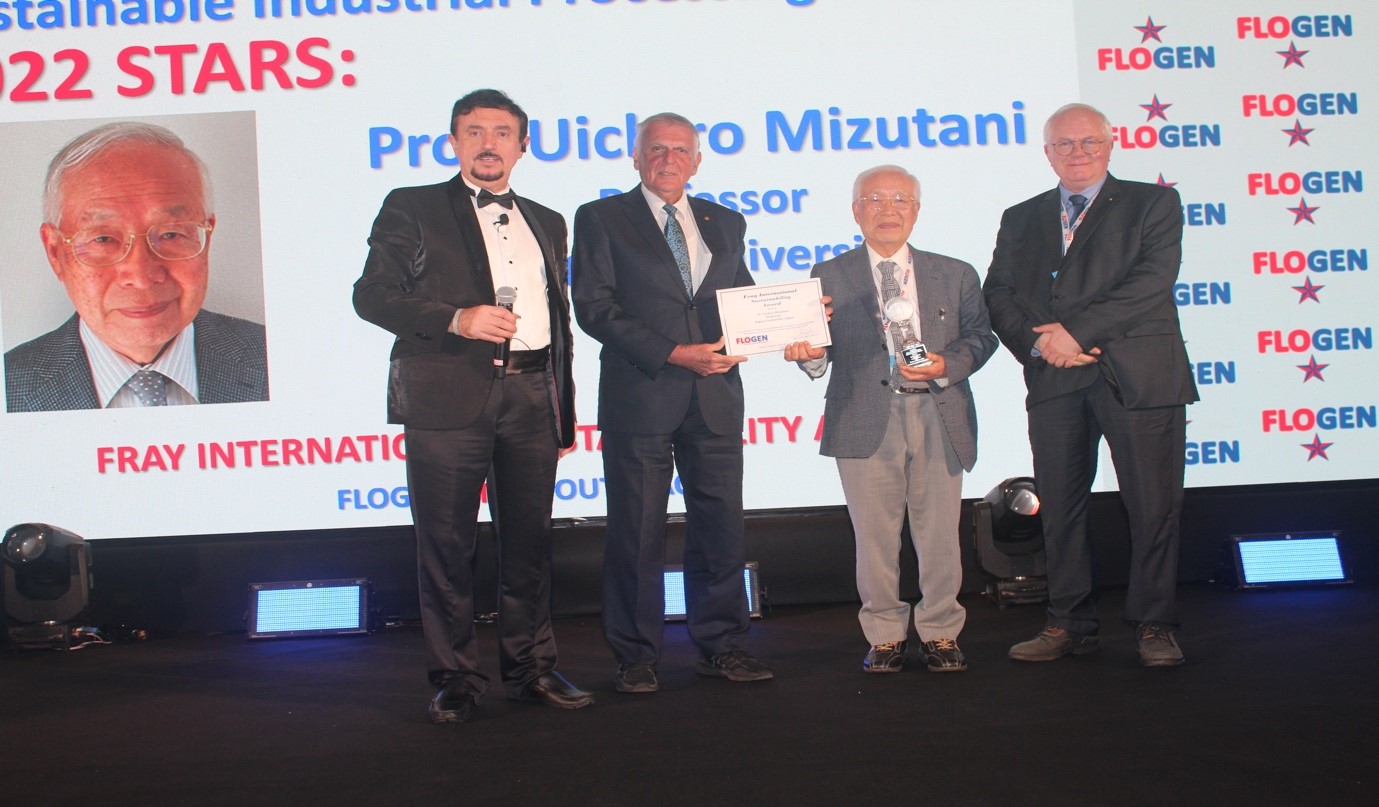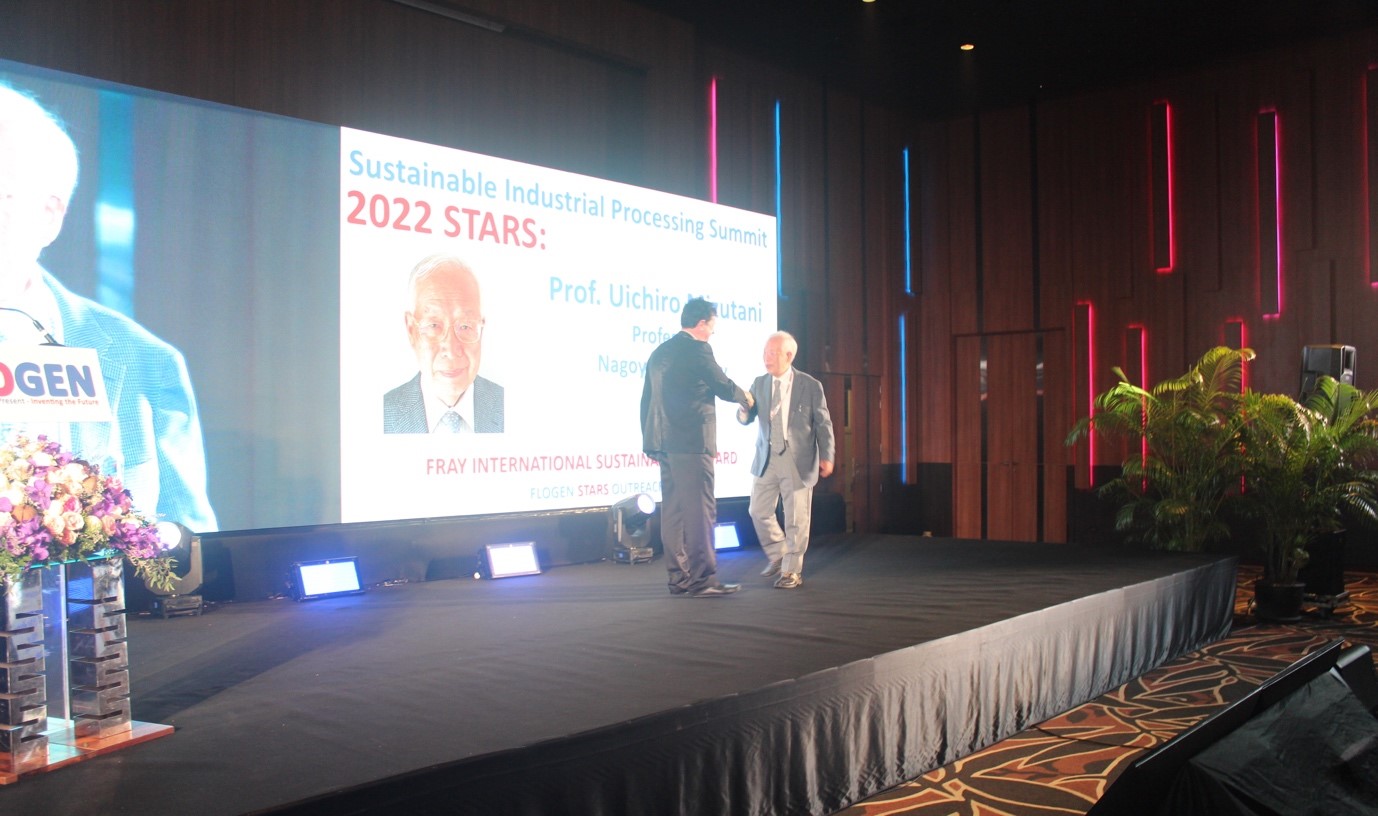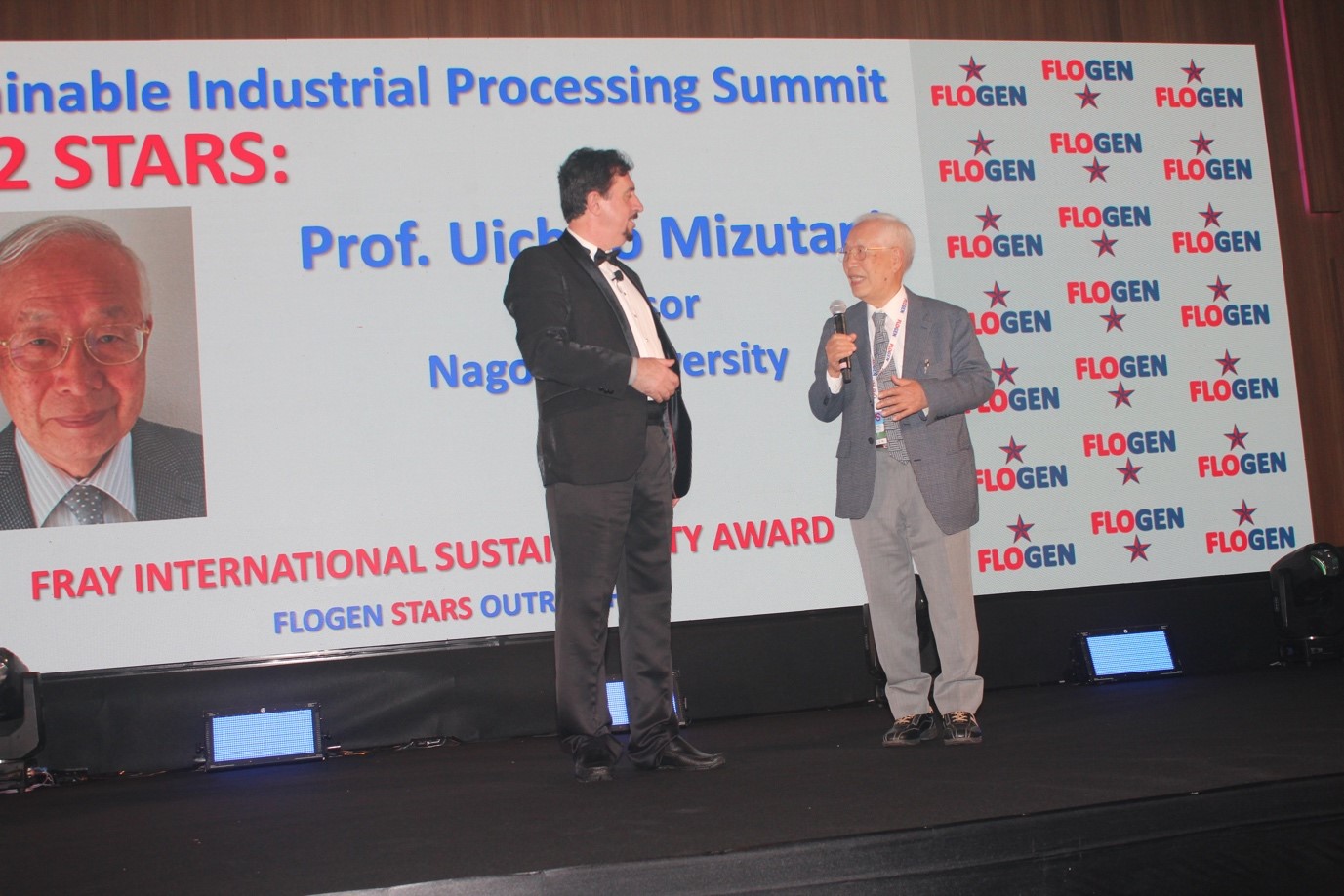About Award Winners
Politics |
Corporations |
Academia |
Research Institutions

Uichiro Mizutani was born in 1942 in the city of Nagoya, Japan. He concluded his
PhD thesis at Nagoya University in 1971, entitled "Experimental Studies of the
Electronic Structure of Hume-Rothery Alloys Based on the Noble Metals". This has led
him directly into the research pioneered by Hume-Rothery and his associates several
decades earlier. His subsequent extended visits to the USA over 1970-75, where he
worked with Professor T. B. Massalski, at the Mellon Institute in Pittsburgh, further
deepened his interest in the Hume-Rothery field. As the most notable feature in this
period of time, he established the existence of a universal relationship between the
electronic specific heat coefficient and electron concentration, i.e., the number of
itinerant electrons per atom, often abbreviated as e/a, in each phase of different
Hume-Rothery alloy systems. He could unambiguously explain the e/a dependence of
the measured electronic specific heat coefficient by constructing possible Fermi
surfaces for each phase. His terminology for the Hume-Rothery phases has been now
widely accepted.
In his later work on metals and semi-conductors over a wide range of materials like
amorphous alloys, quasicrystals and their approximants, Mizutani stressed the existence
and importance of a pseudogap across the Fermi level and demonstrated how this can
contribute to the stability of numerous phases and also affects substantially their
electron transport properties, thereby showing that they constitute yet another group of
phases that may be properly regarded as Hume-Rothery phases equipped with a
pseudogap across the Fermi level. Hume-Rothery would have been delighted to know
that the Fermi surface-Brillouin zone interactions explain so successfully the electronic
behavior not only of numerous crystalline phases but also of many amorphous and quasi
crystals in metallic, semi-metallic and insulating states.
Over a span of almost a centennial year, Hume-Rothery rules have been the subject
of detailed examination and elucidation. Mizutani has been involved during the past
fifty years in research on this topic, starting from the work on the noble metal alloys in
the 1970s, and amorphous alloys in the 1980s. A growing interest in the Hume-Rothery
rules has revived and became intensified soon after the discovery of the quasicrystal in
1984. Such structures are characterized by the symmetry of an icosahedron, but lacking
the translational symmetry, and they can be regarded as structurally complex aperiodic,
but ordered, electron compounds.
During the past three decades, much research interest has occurred in this new field.
In connection with the needed understanding of the more basic physics behind the
stabilizing effects related to the electron concentration, Mizutani and his long-time
partner, Dr. H. Sato, embarked on theoretical studies to gain a deeper insight into the
origins of the Hume-Rothery electron concentration rule by making full use of
first-principles Full-potential Linearized Augmented Plane Wave (FLAPW) band
calculations. They have successfully established the so-called FLAPW-Fourier theory
and led to successful interpretation of the Hume-Rothery electron concentration rule
with a particular emphasis on its applicability over a wide range of materials whose
bonding is metallic, ionic or covalent, or a changing mixture of these.
Mizutani has benefited very substantially from the support, advice and help of three
key scientists. In the first place, he wishes to express his special thanks to Emeritus
Professor of Aichi University of Education, Dr. Hirokazu Sato mentioned above, who
has made substantial contribution from the theoretical side in constructing the
FLAPW-Fourier theory. Mizutani has also received substantial influence from Emeritus
Professor of Yokohama City University, Dr. Keiichi Ogawa. Special thanks are also due
to Emeritus Professor Thaddeus B. Massalski, Pittsburgh, USA, who actually guided
him into this fascinating research field, which he found so challenging, at the time in
early 1970s when he worked as a postdoctoral fellow at Carnegie-Mellon University.
The consistently robust studies throughout his academic life have been supported
through extensive discussions with many colleagues in Japan: Professor T. Takeuchi,
Toyota Technological Institute, Professors Y. Nishino and H. Miyazaki, Nagoya
Institute of Technology, and Professor T.Homma, Nagaoka Institute of Technology, to
whom Mizutani wishes to express his deep thanks on this occasion.
Special and personal thanks are dedicated to the late Dr. Esther Belin-Ferré,
LCPMR-UMR, Paris, France, and Emeritus Director Jean-Marie Dubois, Institut Jean
Lamour, Ecole des Mines de Nancy, France, for repeated exchanges of opinions on
e/a-issues evidenced from Esther's soft-x-ray absorption spectra for many quasicrystals
and approximants. Particularly, Mizutani wishes to express his sincere thanks to
Jean-Marie for his continuous efforts to make him to be recognized with the prestigious
award in the SIPS 2022 symposium.

Prof. Uichiro Mizutani, Receiving the Fray International Award from Dr. Florian Kongoli, Prof. Dan Shechtman and Prof. Jean-Marie Dubois at FLOGEN SIPS 2022

Dr. Florian Kongoli congratulating Prof. Uichiro Mizutani on his award at FLOGEN SIPS 2022

Prof. Uichiro Mizutani, Delivering his acceptance speech to Dr. Florian Kongoli during the FLOGEN SIPS 2022 ceremony
FLOGEN SIPS 2022 Awards: Dr. Uichiro Mizutani, Professor, Nagoya University, Japan